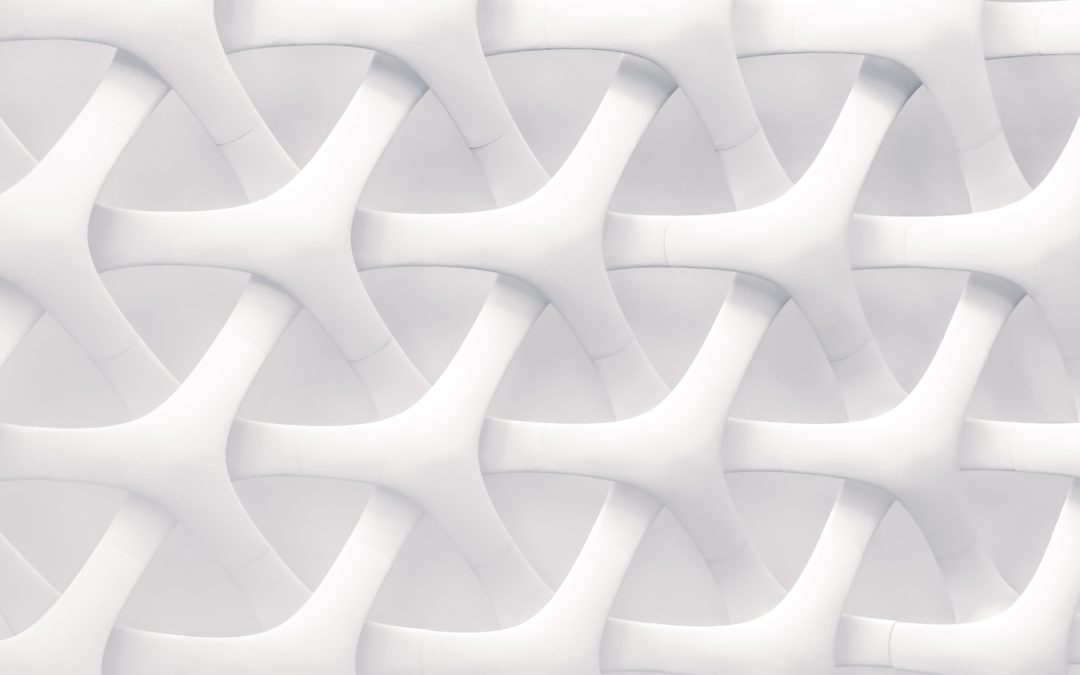The Fascial Manipulation Method is a publication featuring actual case reports. This publication is dedicated to the deepening our understanding of the common dysfunctions we encounter in our clinical practice, how they present and how they can be treated with Fascial Manipulation. Professionals tell us their cases, accurately describing the patients symptomatology, the working plan they have chosen and the results obtained due to the treatment. The names of the patients have been modified for privacy reasons
Clinician: Righetti Lucia
DATA COLLECTION:
Giovanna, a 24-year-old girl who works as a nurse, swims and goes to the gym.
SiPa: The reason she comes to my clinic is the appearance of very intense pain after 15-20 minutes of sustained running (NRS 6-10 maximum) that forces her to slow down or stop completely. After 10-15 minutes of walking or resting, the symptom resolves completely. The pain is localized bilaterally in the segments lu-pv (lt more painful) and covers 360°,like a belt.
The patient first noticed the problem about 10 years ago when she started running for the first time in physical education class at school (the run duration was 15-20 minutes). This pain occurs during intense racing, This leads me to investigate the AAII, the presence of PaCo, PaPre,
trauma, surgery etc.
PaCo: The patient reports that for a couple of years (since she started working as a nurse) about 1 time every 2 weeks there is a slight pain in both knees (left>right) during work. She spends many hours on her feet.
The patient does not report any traumatic events to the AAIIs. Instead, an important observation emerges regarding her biomechanics of walk/ run. The patient reports that, indeed, since she was a child (more than 10 years ago) she walks with the left AI slightly extra-rotated and the left
foot pronated during weight-bearing.
Therefore, during walking and running, there is a foot support alteration (abducted foot for the extra rotation of the AI that then moves into pronation) that has been present for years (even many years before the appearance of the SiPa). in addition there is a slight extra-rotation
of the hip left. She does not report any internal dysfunctions.
I hypothesize that the cause of the establishment of compensation that led to the development of pain in the lu-pv region is the altered support from the left foot.
After the data collection, I then formulate the following hypothesis: ascending compensation from the left foot towards the pv-lu segments with involvement also of the contralateral side.
Later, symptoms also occurred in the knees bilaterally.
MoVe: For the movement verification I choose the segment “lu” because, as part of the SiPa, it can evoke symptoms and also is mobile. I also do the MoVe of the segment “ta, lt” because it is mobile and because it is close to the segment “pe”. In the segment, it is easier to detect some useful data than in “pe”.
The only segment to reveal significant information is the “lu” MoVe. During “re-lu” there is observed mild pain (+) in the region of “lu-re lt”. Rotation evokes a slight pain (+) homolaterally during “er-lu lt” while the ROM in the rotation to the right is slightly reduced.
PaVe: For the palpatory verification I choose the segments “lu” (SiPa), “pe” and “ta”. As for the lumbi segment, I do a bilateral palpation (360°) due to the localization of the symptomatology of the Pa-Max, while I palpate the segments ta-pe at 360°, only on the left extremity.
The Horizontal plane is more involved.
Longitudinal palpation. From this emerges the following CCs as more densified: ir-pe lt, ir-cx lt, er-cx lt, er-pv b/l, er-lu b/l, er-th lt
TREATMENT AND POST-TREATMENT RESULT
After the treatment of the first point (ir-pe lt) I re-test the MoVe of er-lu lt and rt and note the resolution of pain during the rotation to the left while the ROM remains unchanged. After the treatment of ir-cx lt, er-cx lt, er-pv lt, er-lu lt, I re-test the MoVe of er-lu b/l and re-lu and the pain to the left during re-lu is also resolved.
I then treat the remaining points and re-test the MoVe. The previous results regarding the resolution of pain during er-lu lt and re-lu are confirmed, while there are no variations of ROM during er-lu rt.
Taking into consideration the changes from the MoVe pre- to MoVe post-treatment, the improvement obtained is greater than 50% (++).
At the 4 day post-treatment point, the patient performs a a run of about 20 min at a fast pace (SiPa provocation) and reports that the back-pelvic pain did not recur.
It is a very good result but we must see whether it is maintained in the long term or whether the problem then arises again. If it comes back, I can think, for example, that there is another Plane with which to deal.

